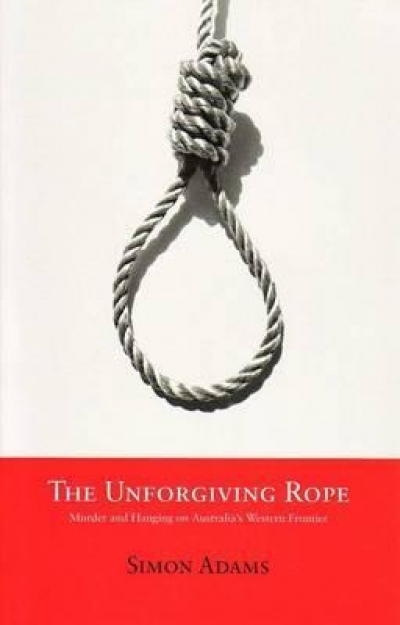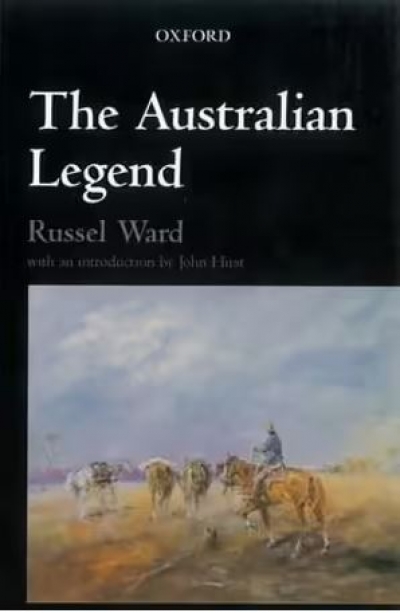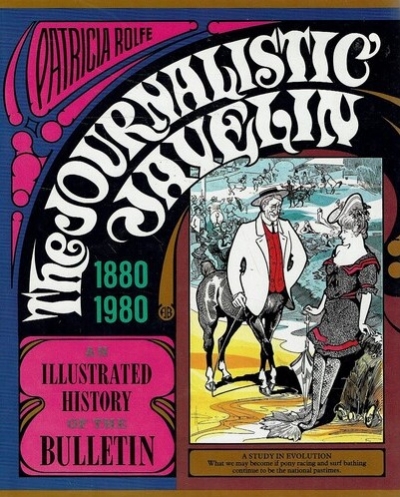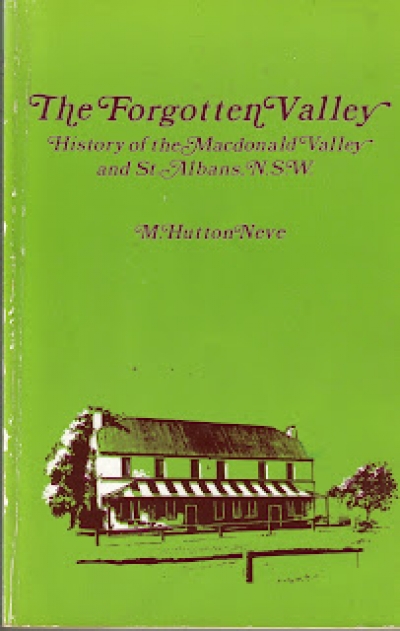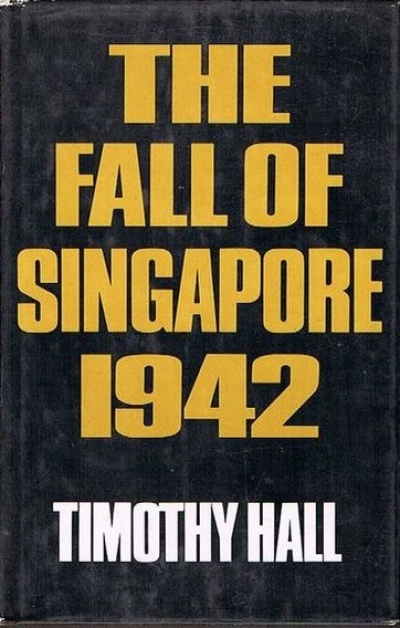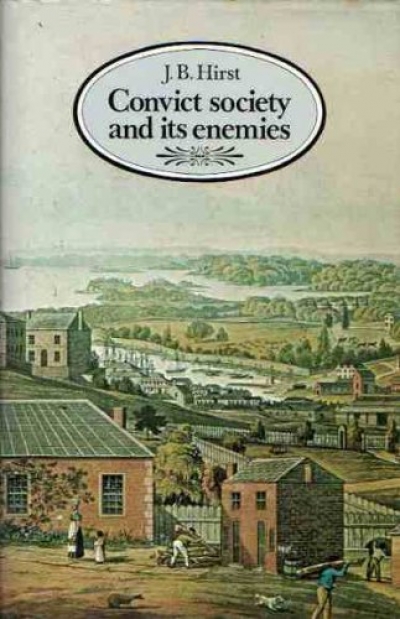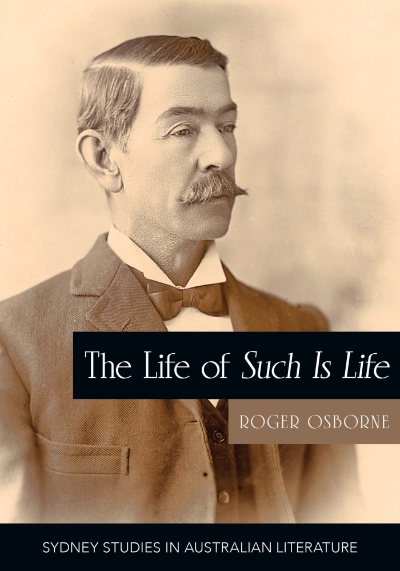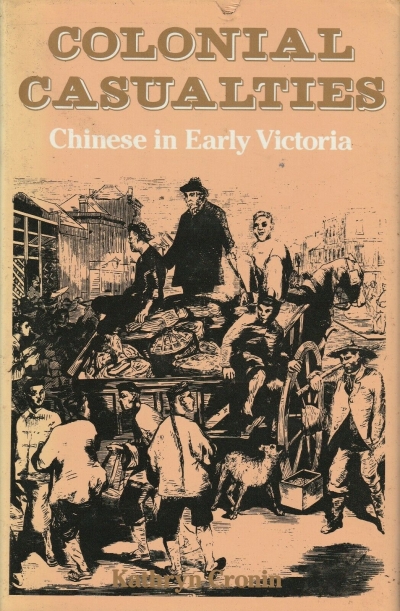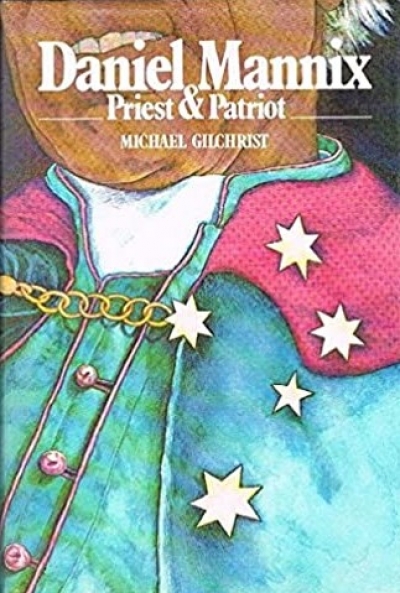History
The Unforgiving Rope: Murder and hanging on Australia's western frontier by Simon Adams
by Richard Harding •
For a reform politician, these three books should be compulsory reading. They are not, for such a reader, heartening. But they do ‘serve in many respects to discover, to confute, to forewarn, and to illustrate’.
Brian Dale’s Ascent to Power, very much less than fair to Neville Wran, is an unintended expose of the nature of political journalism in this country and its practitioners.
... (read more)The Journalistic Javelin: an illustrated history of the Bulletin by Patricia Rolfe
by Nancy Keesing •
The Life of Such Is Life: A cultural history of an Australian classic by Roger Osborne
by Brigid Magner •
Colonial Casualties, Chinese in Early Victoria by Kathryn Cronin
by Frank Strahan •

